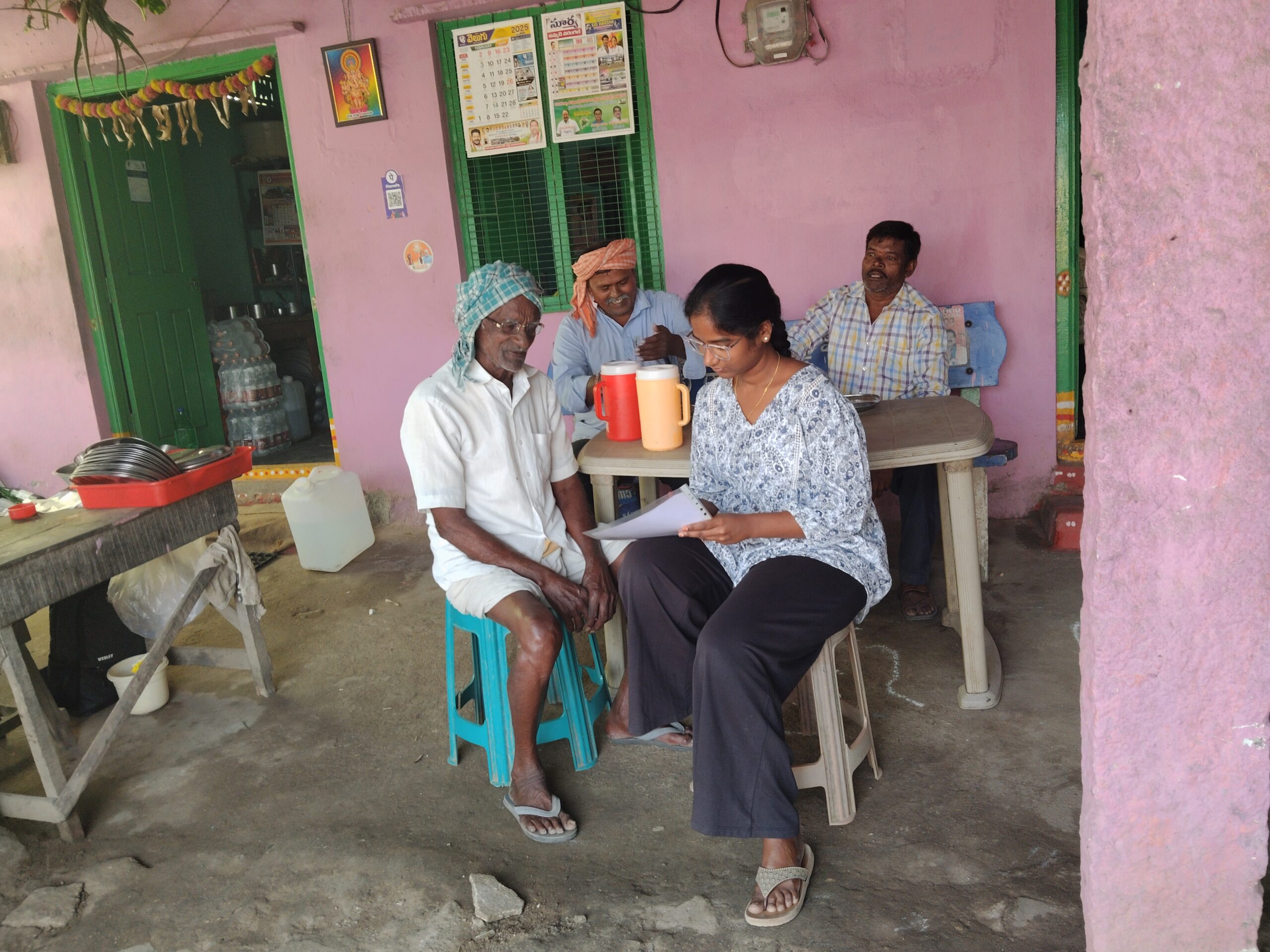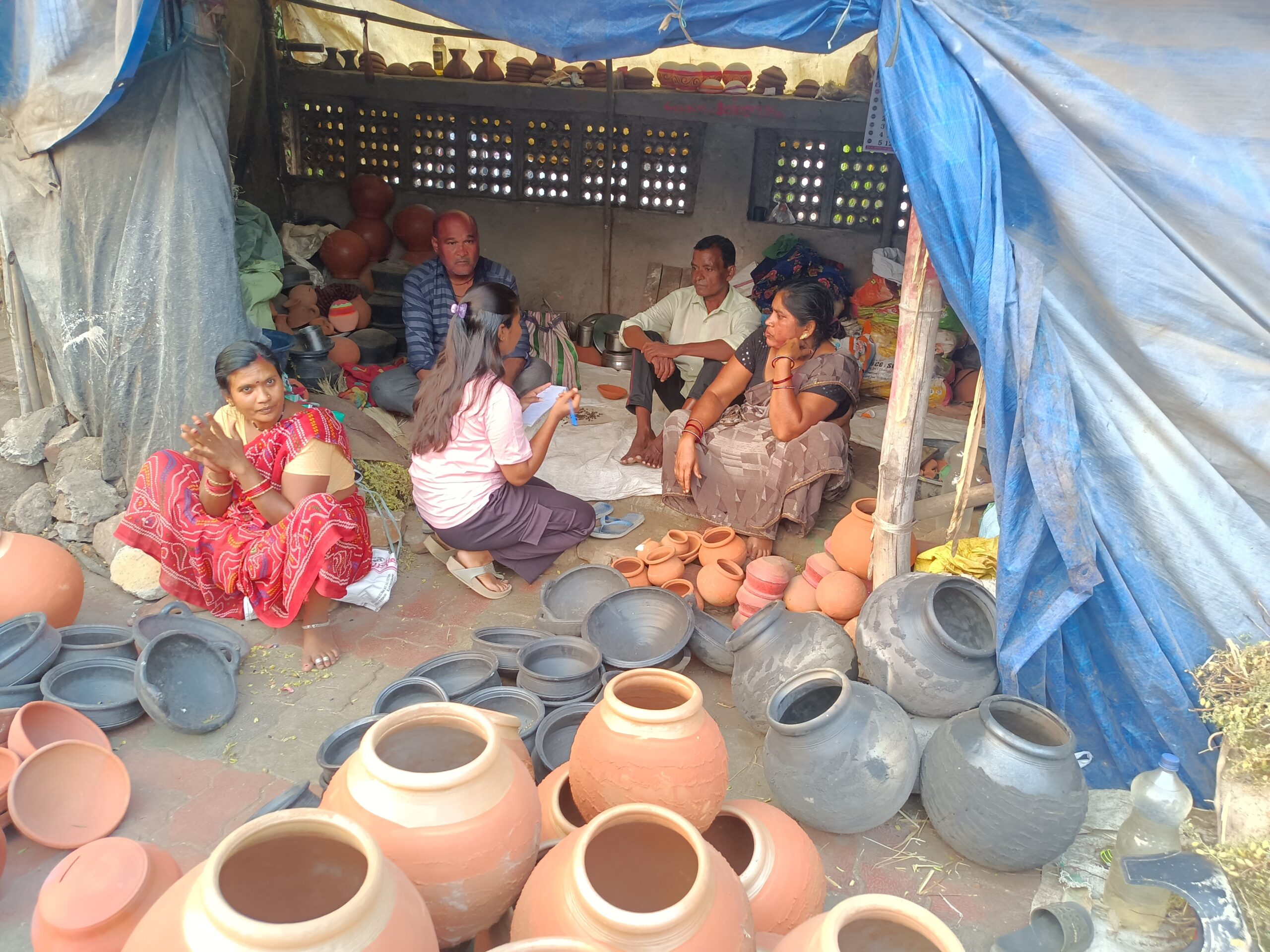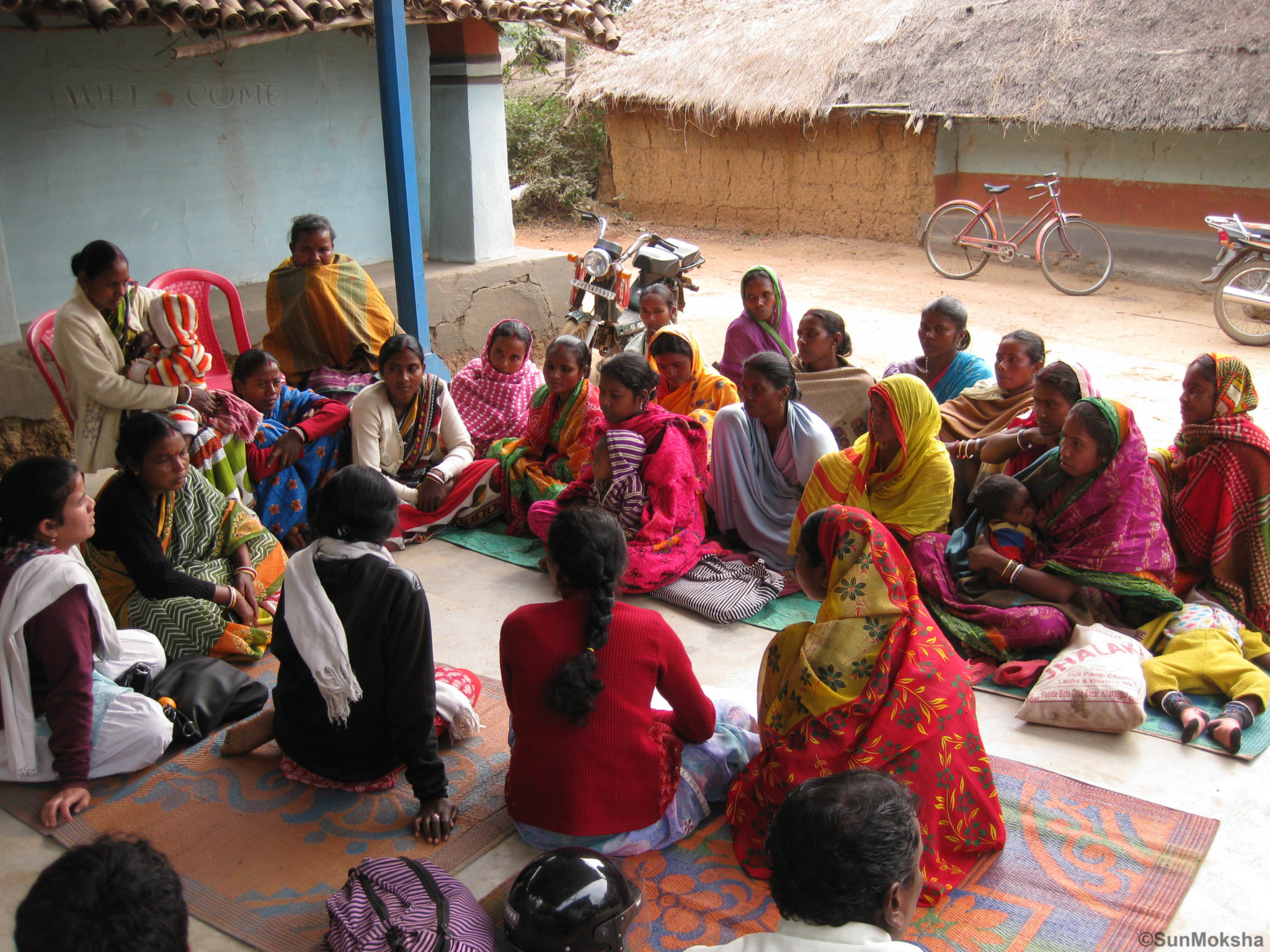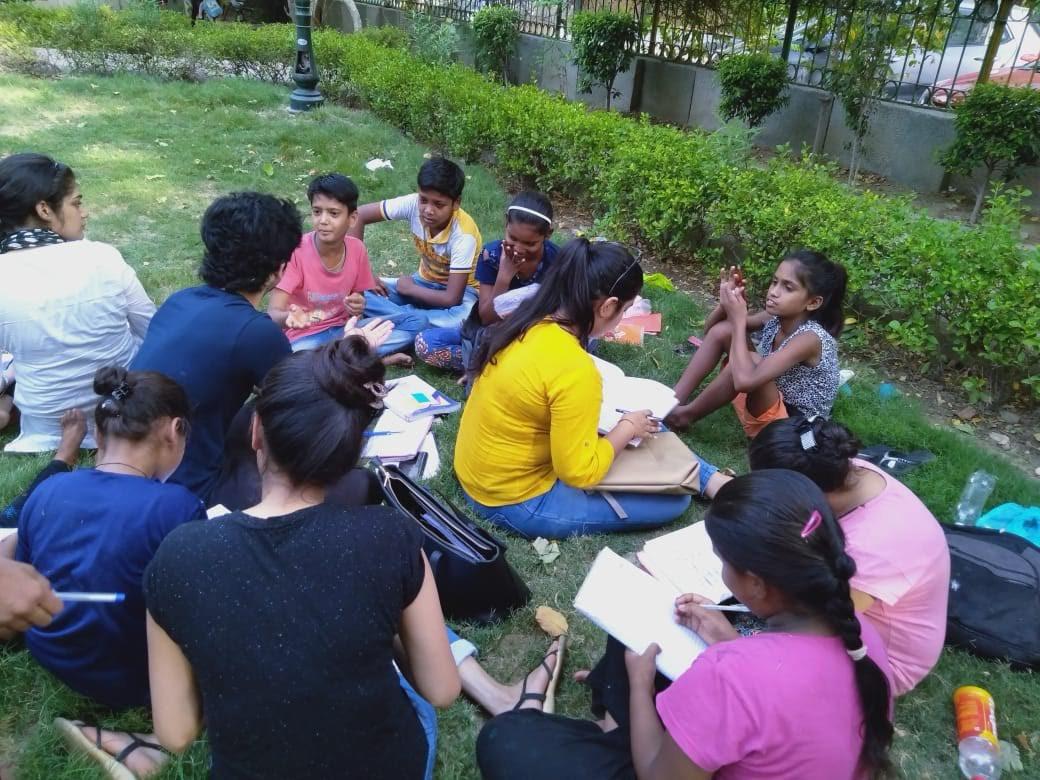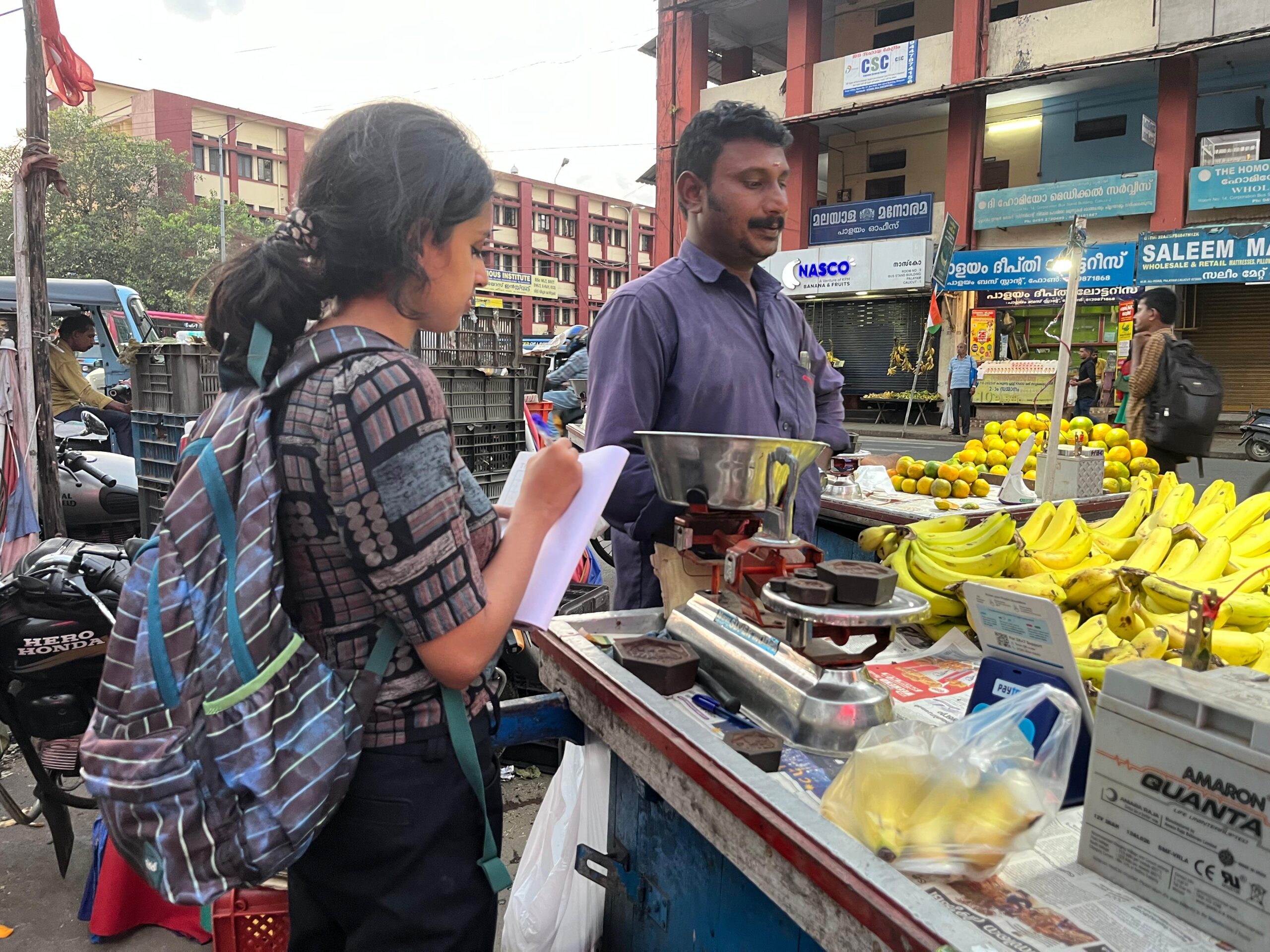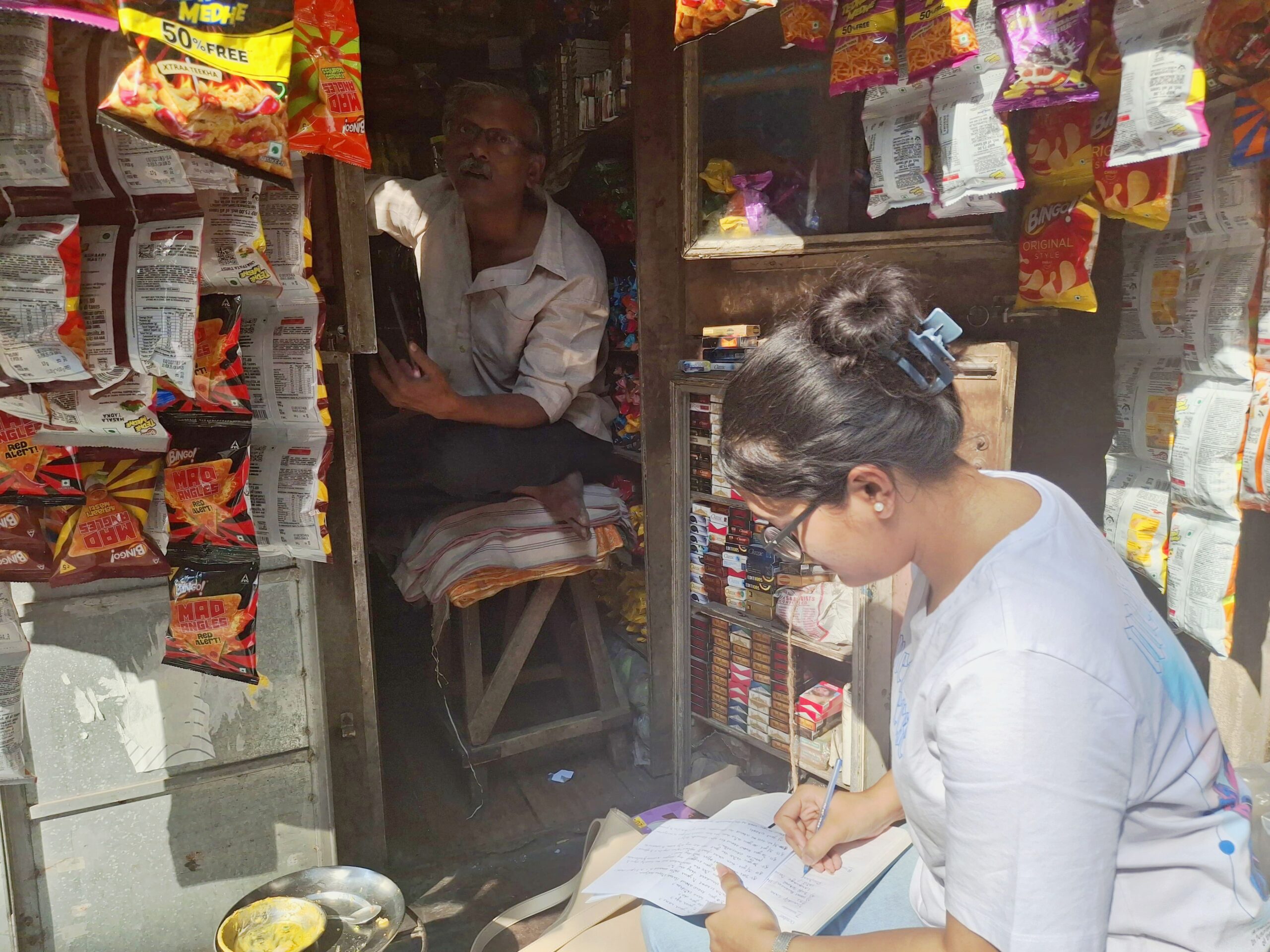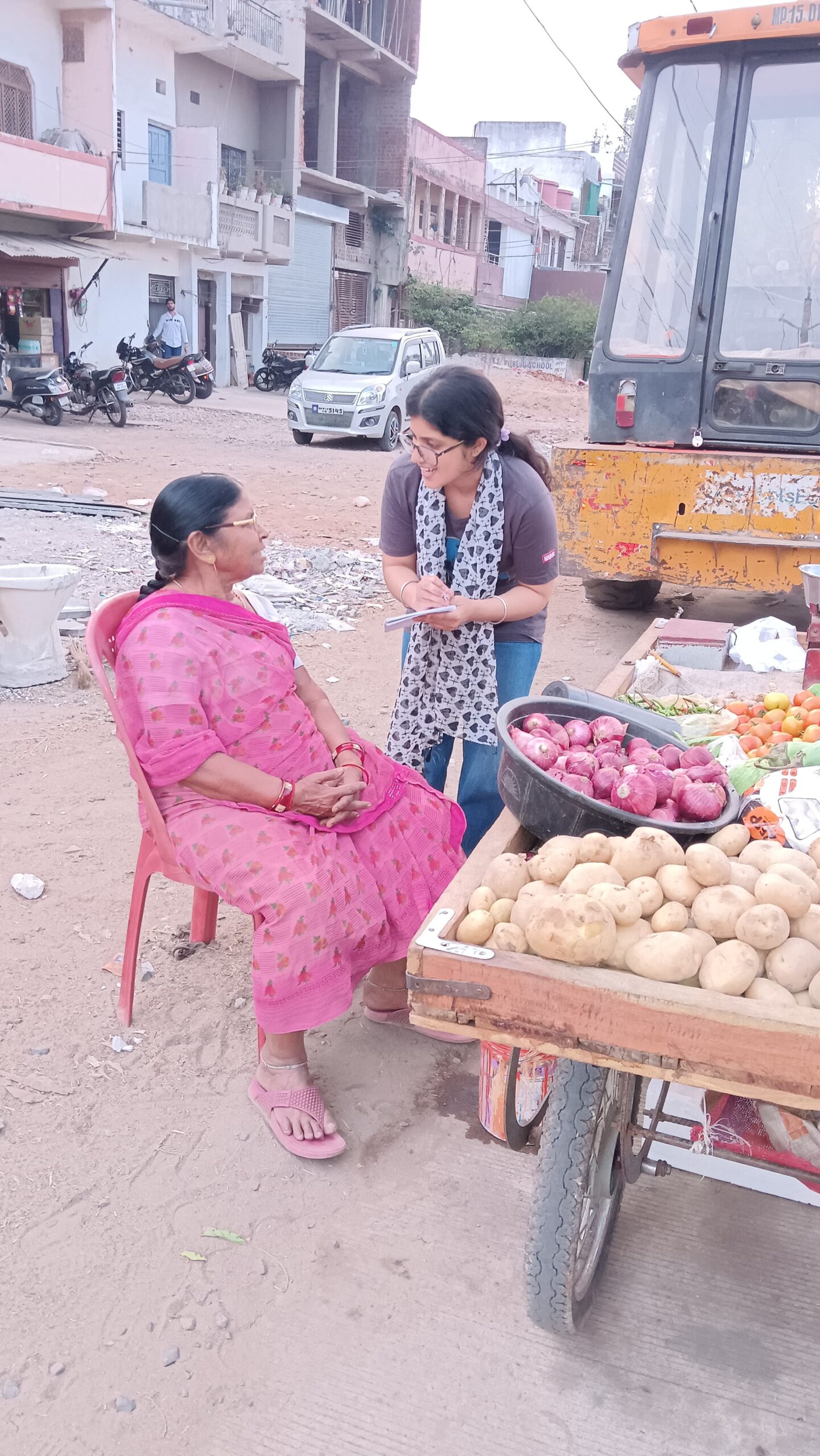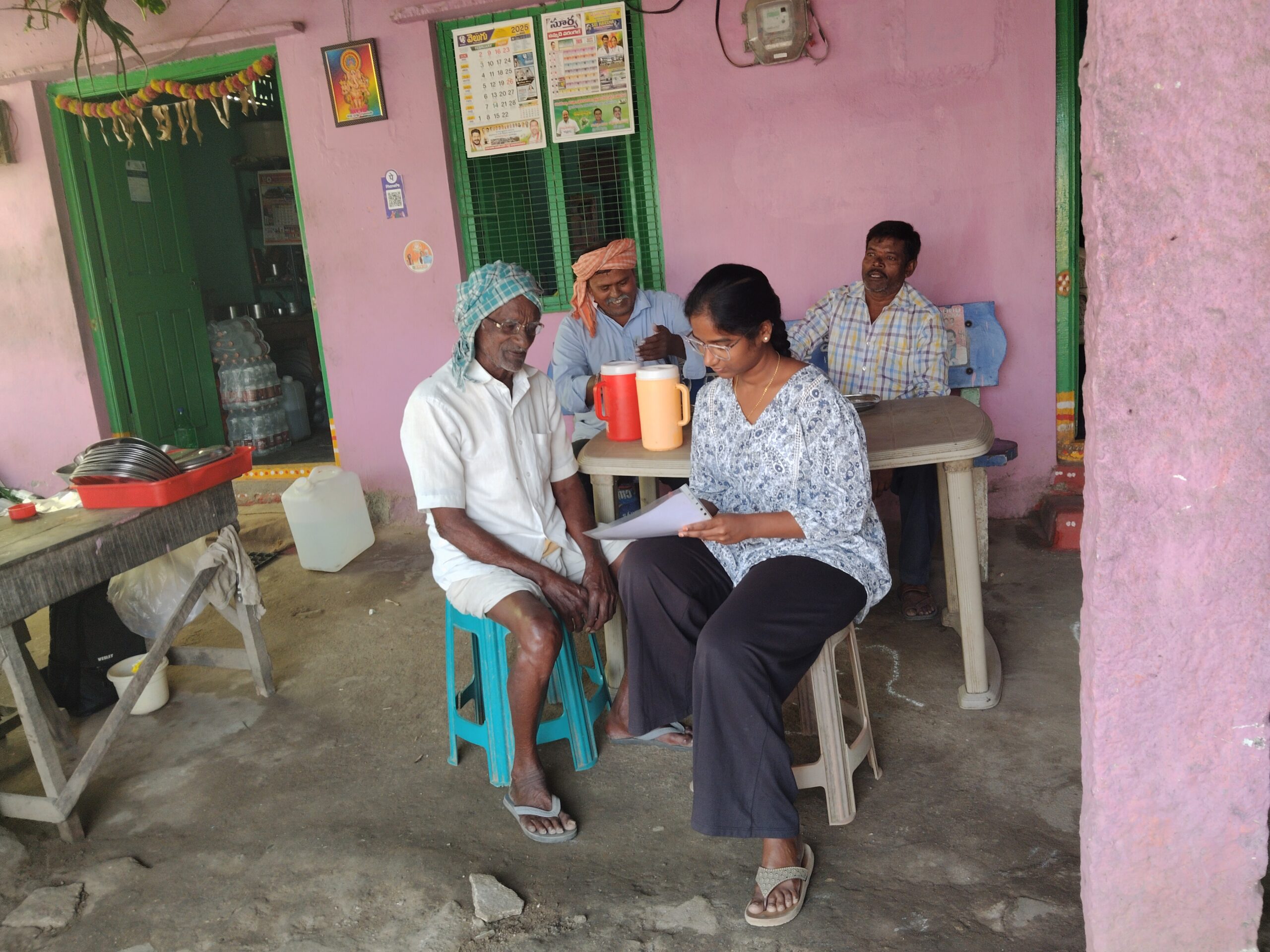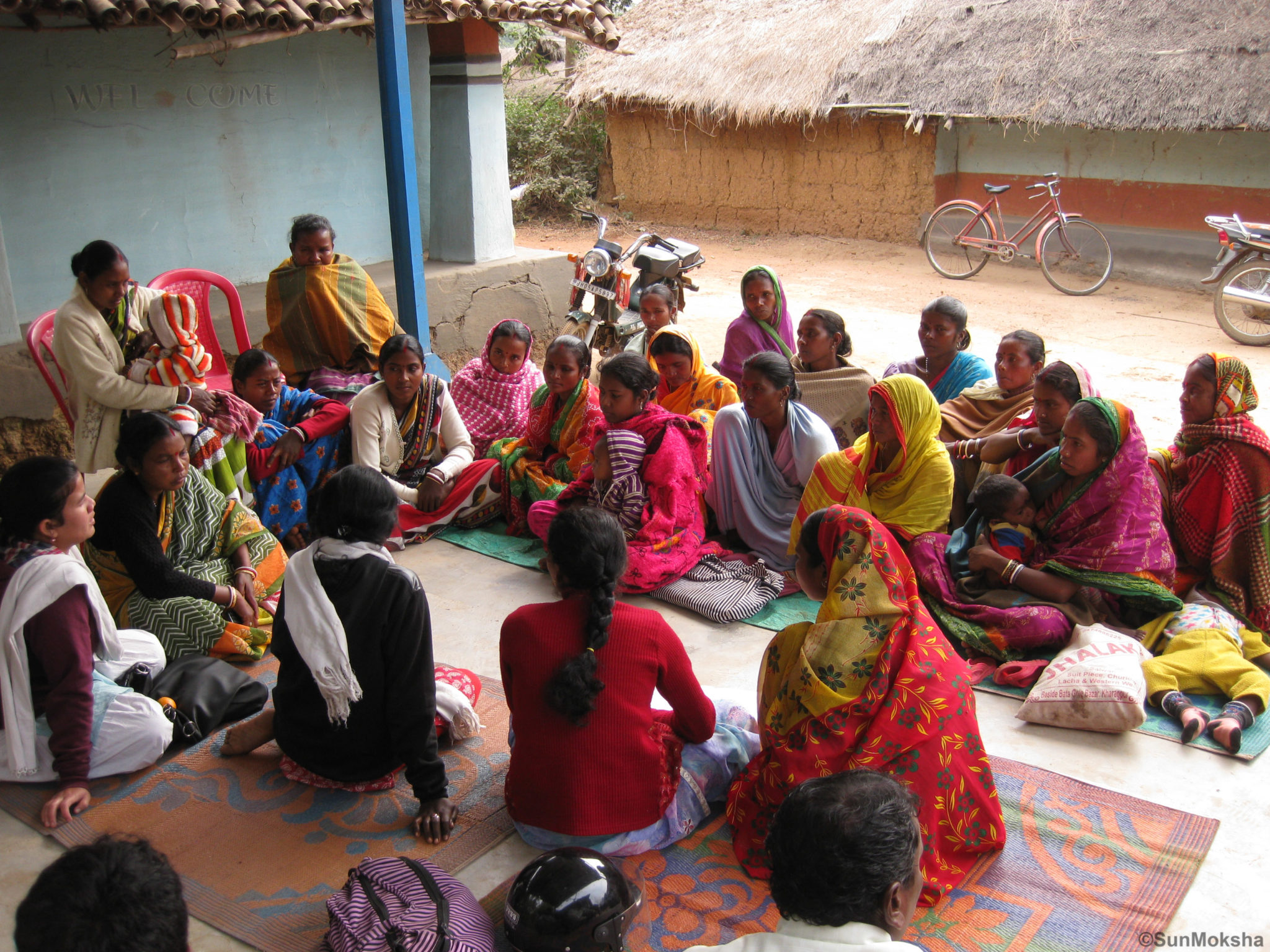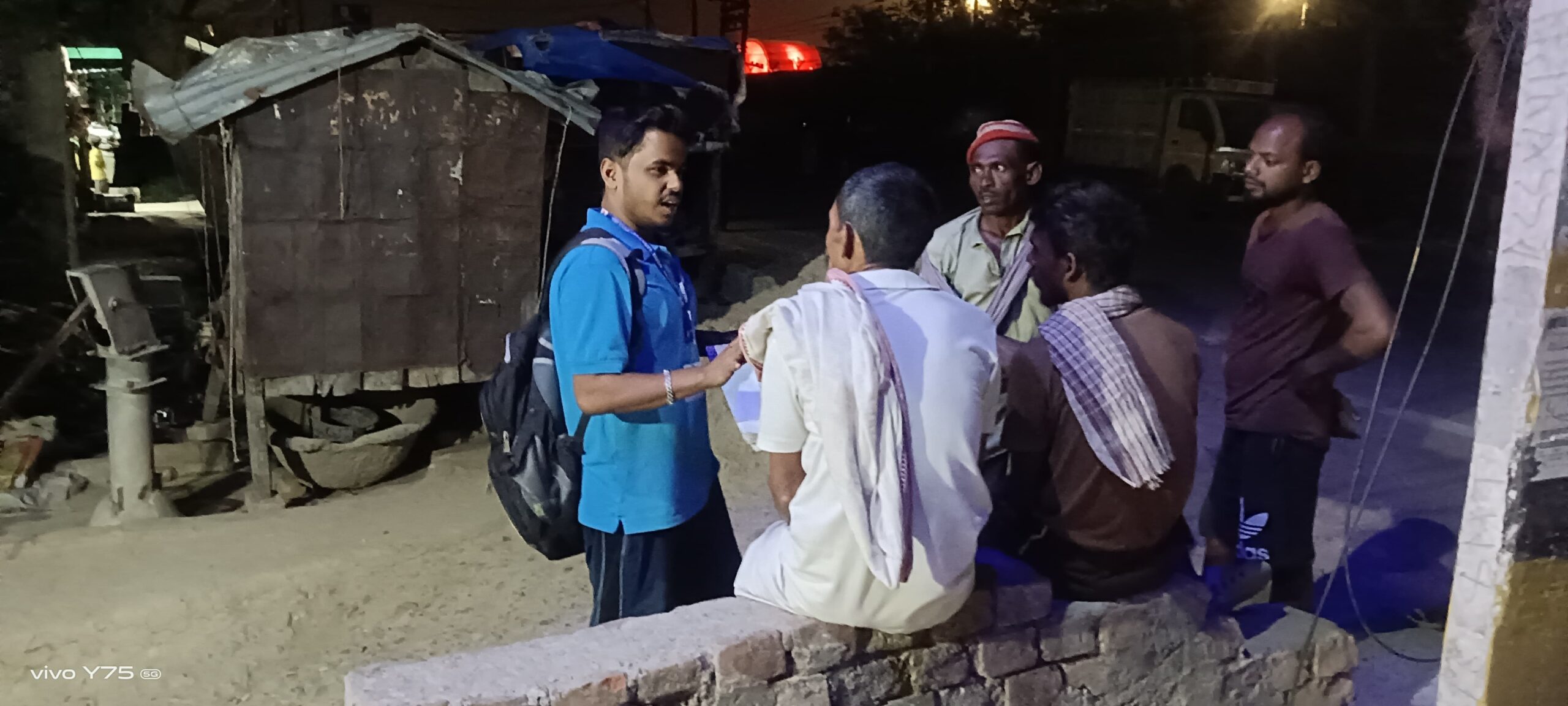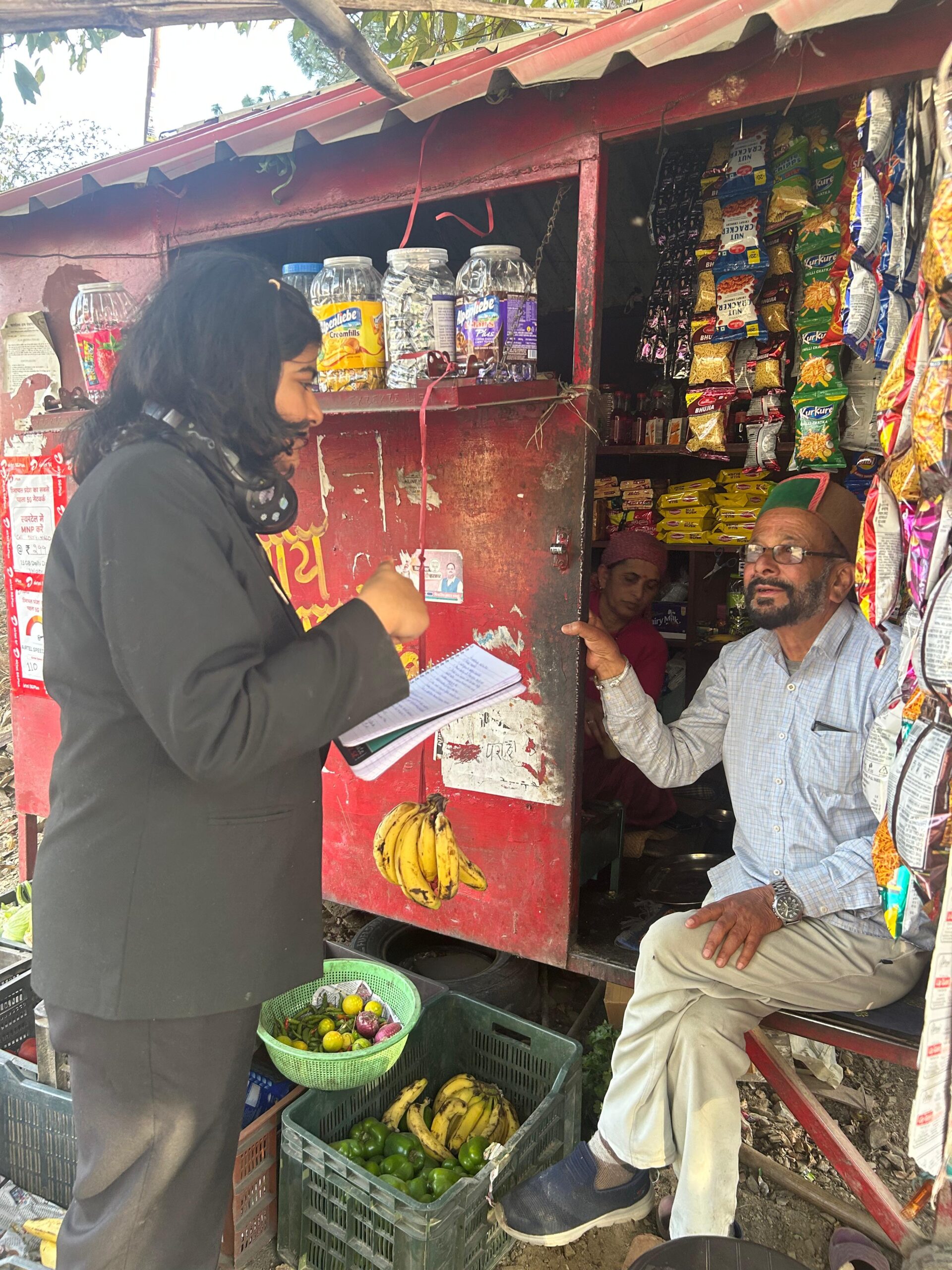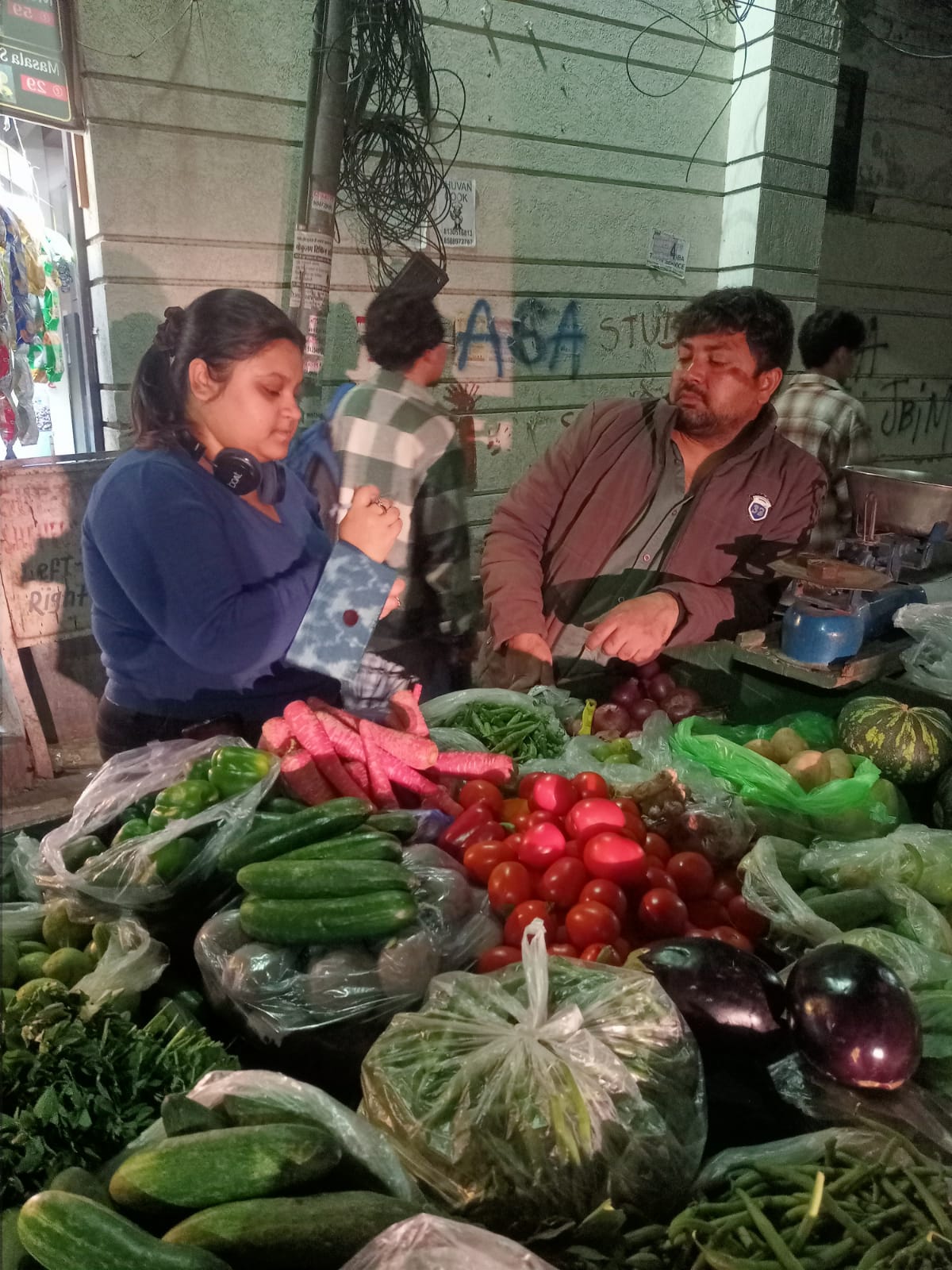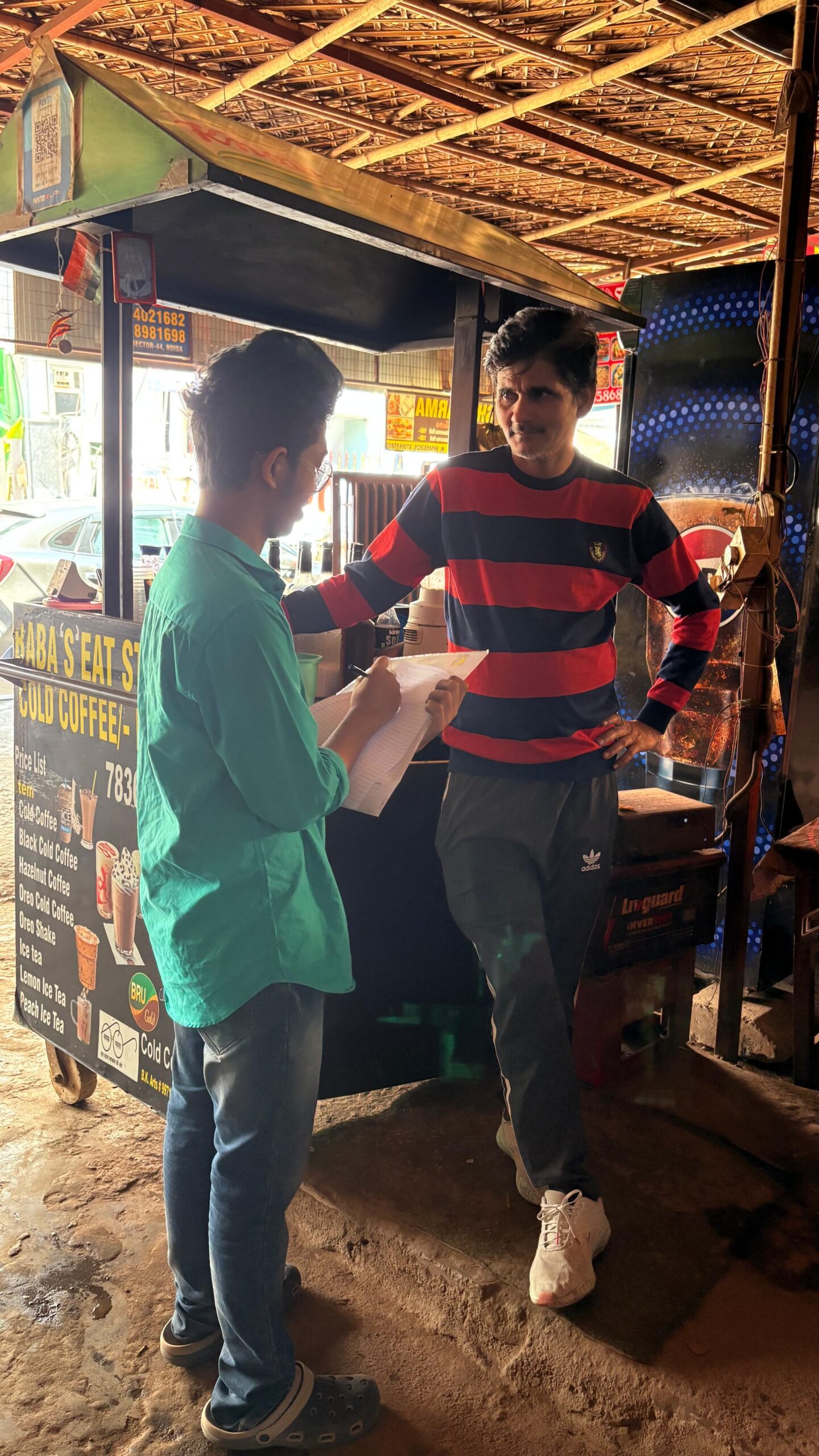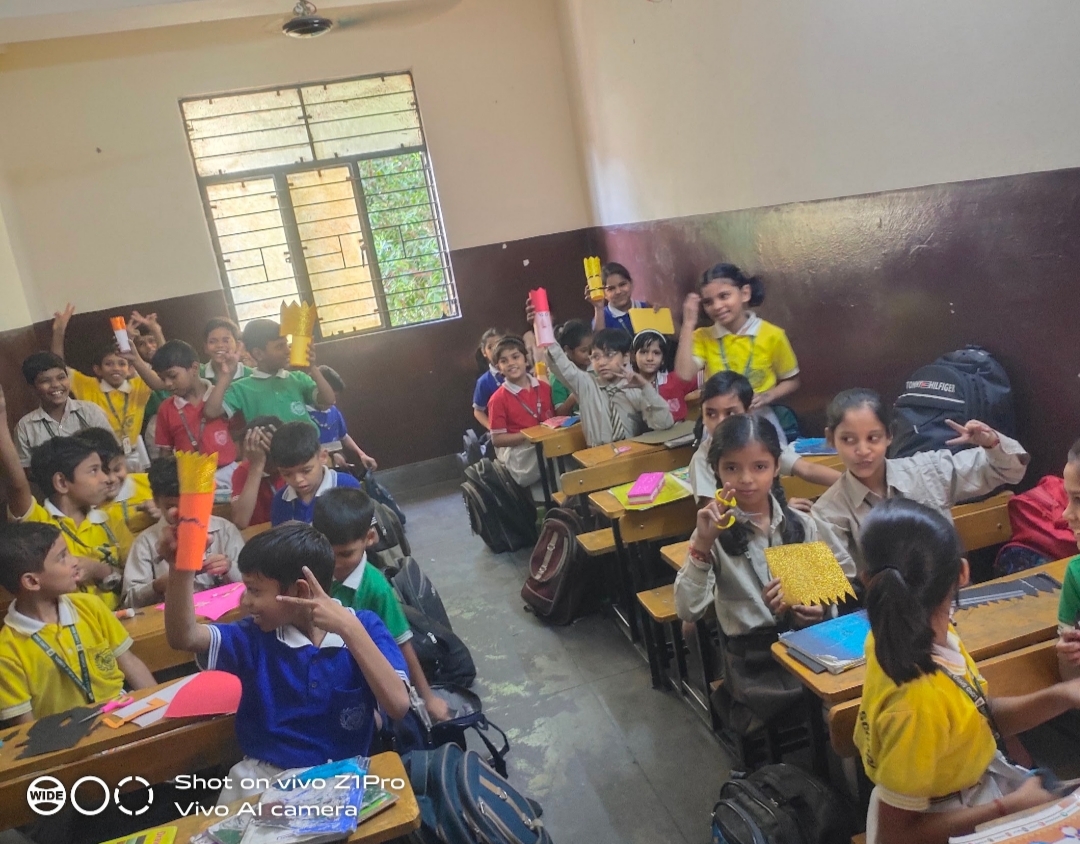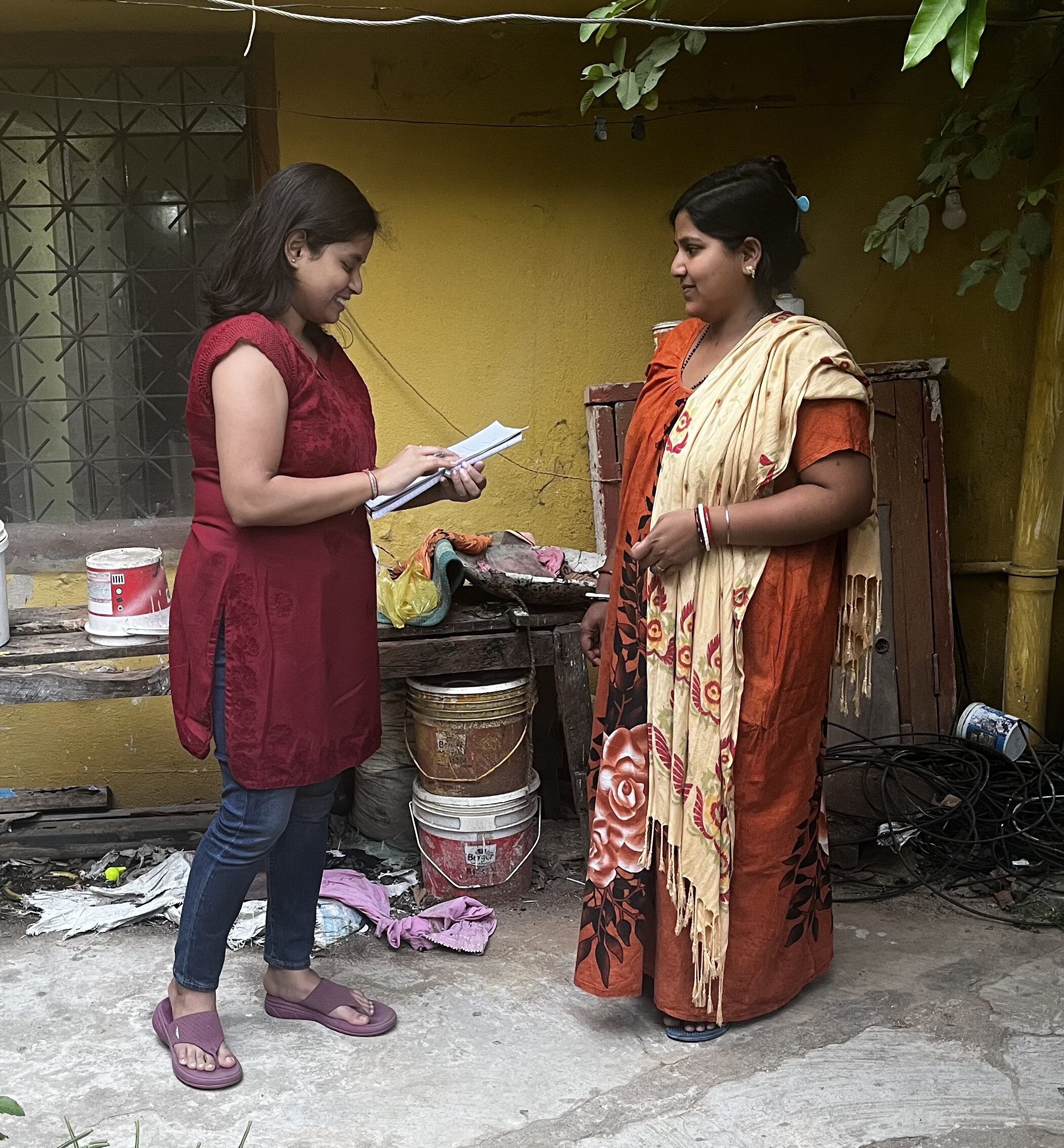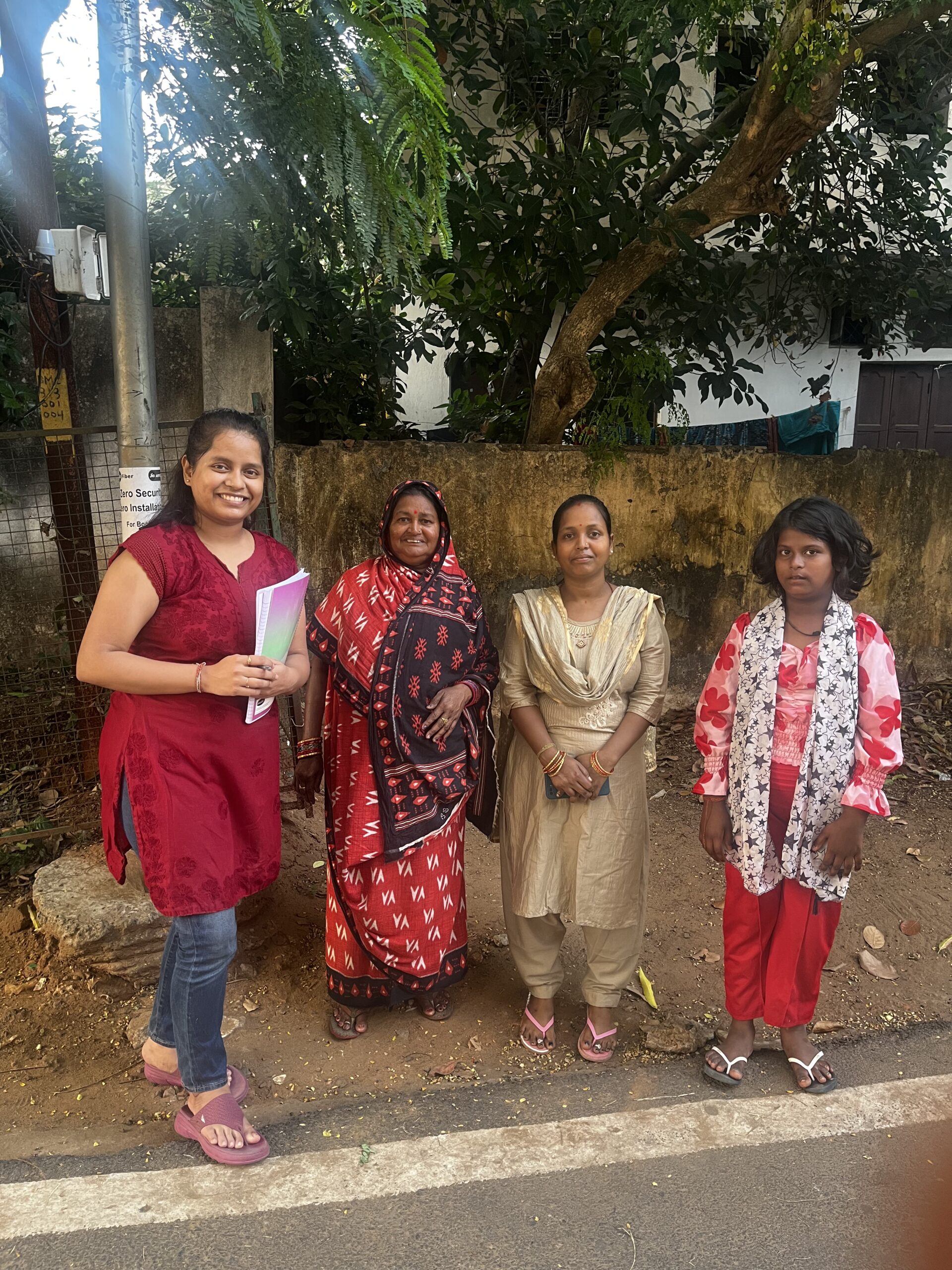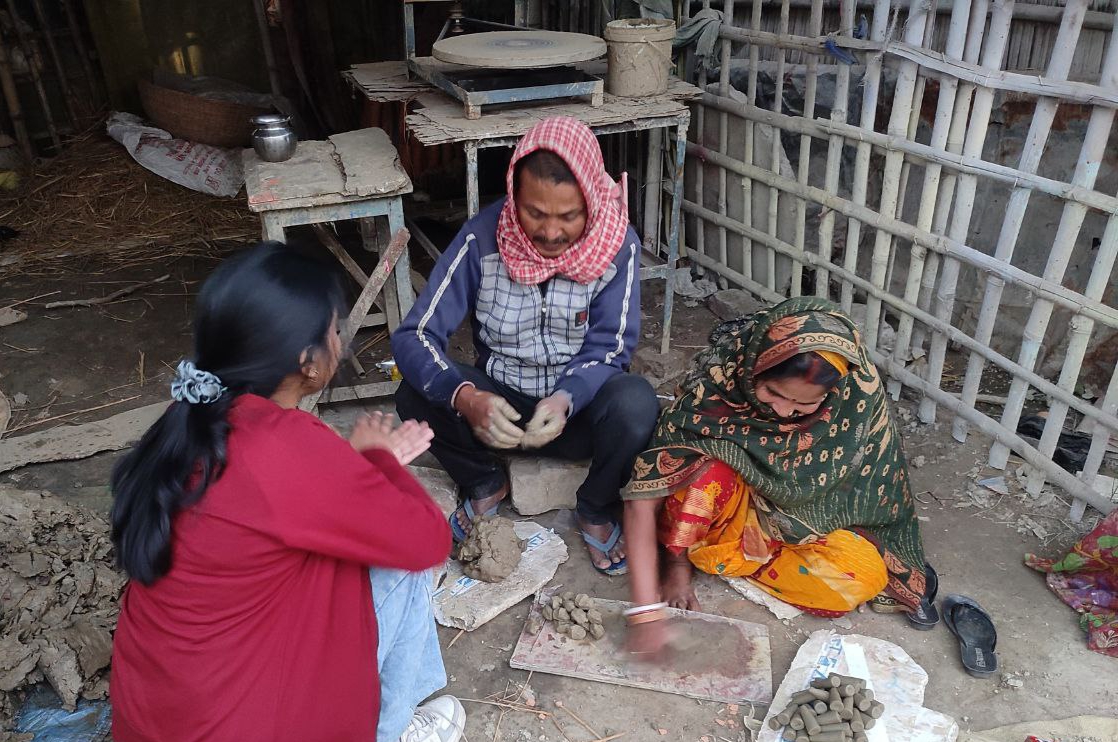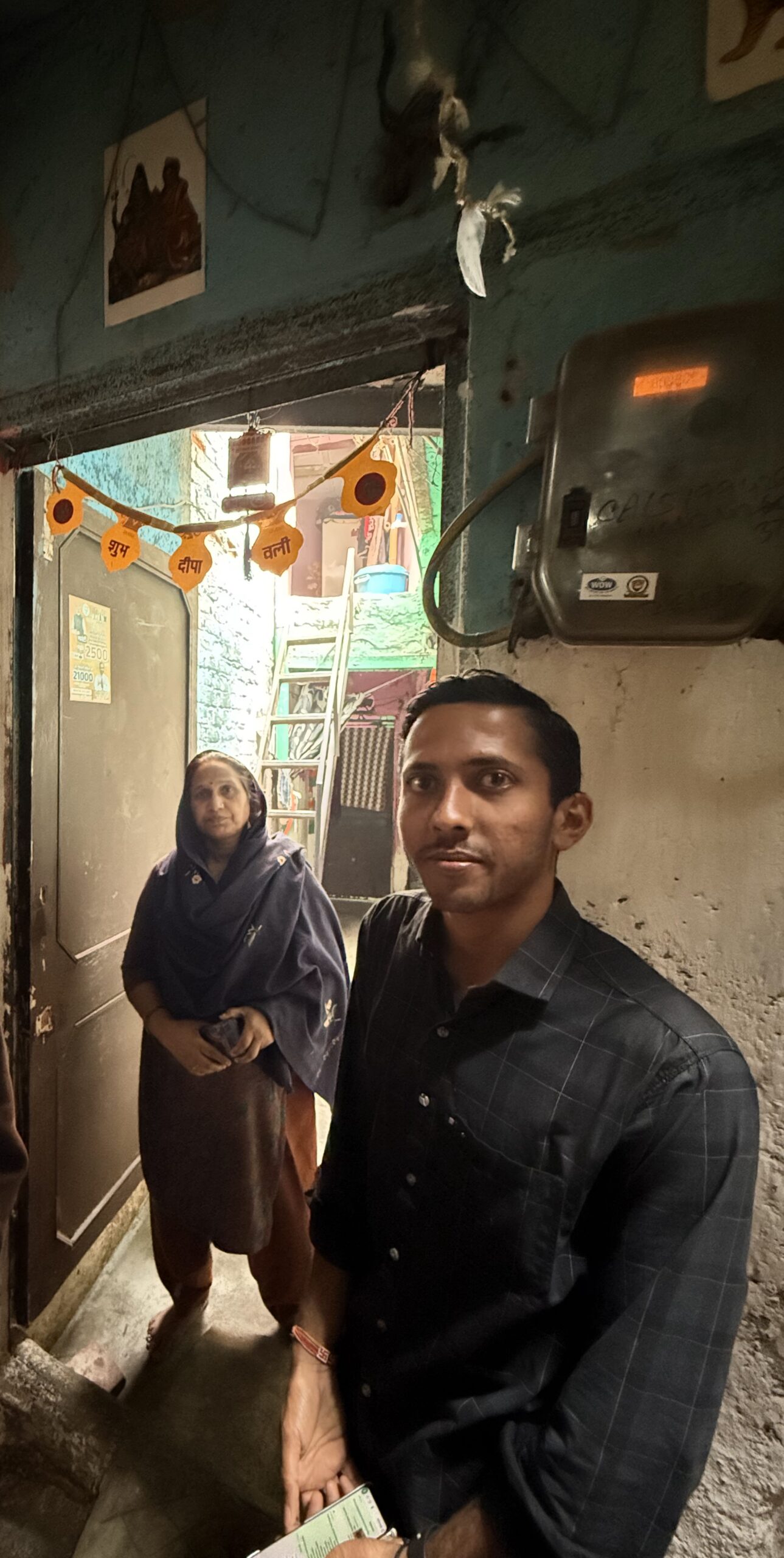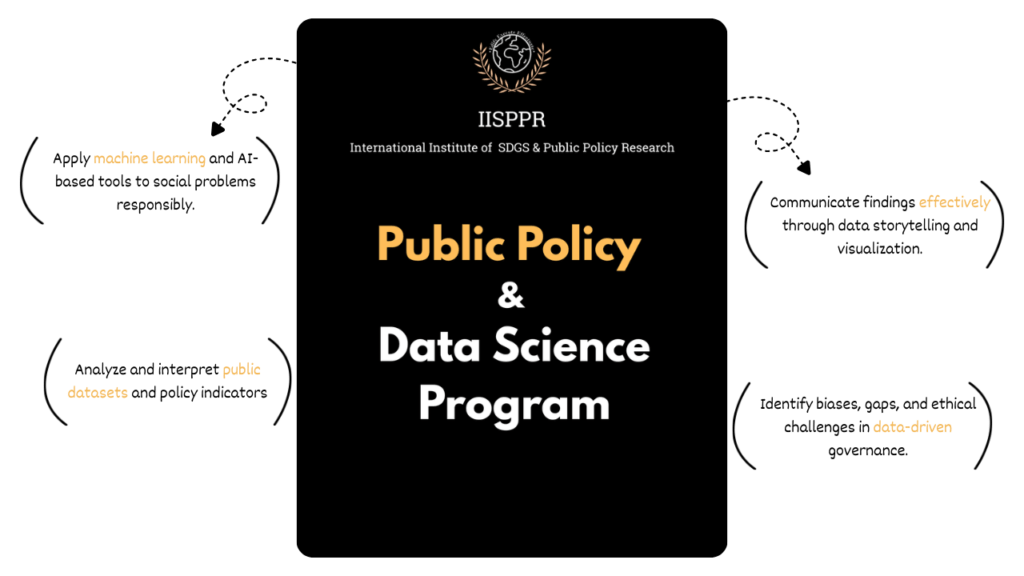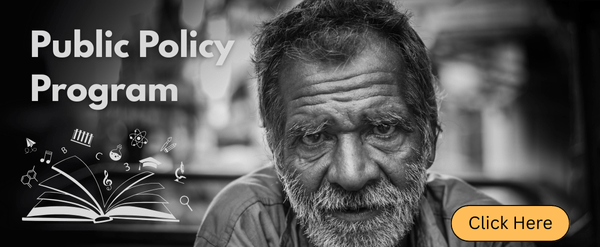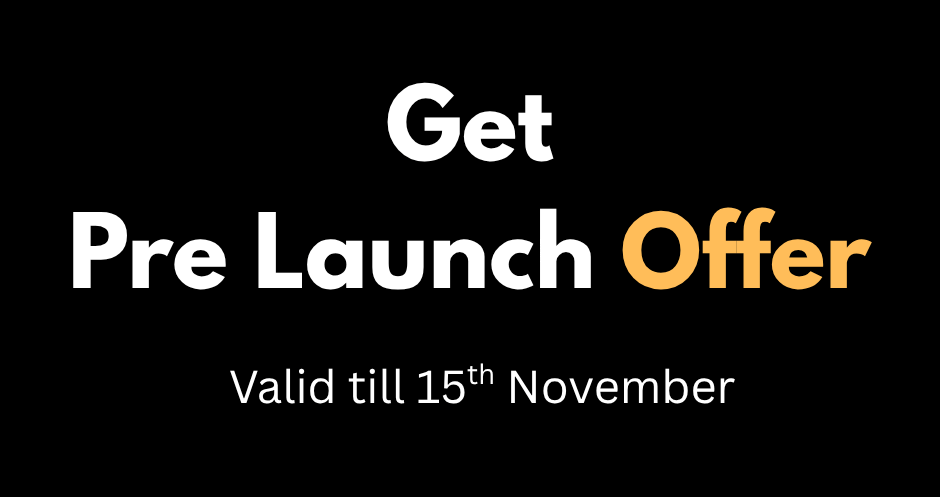
IISPPR
International Institute of SDGS & Public Policy Research
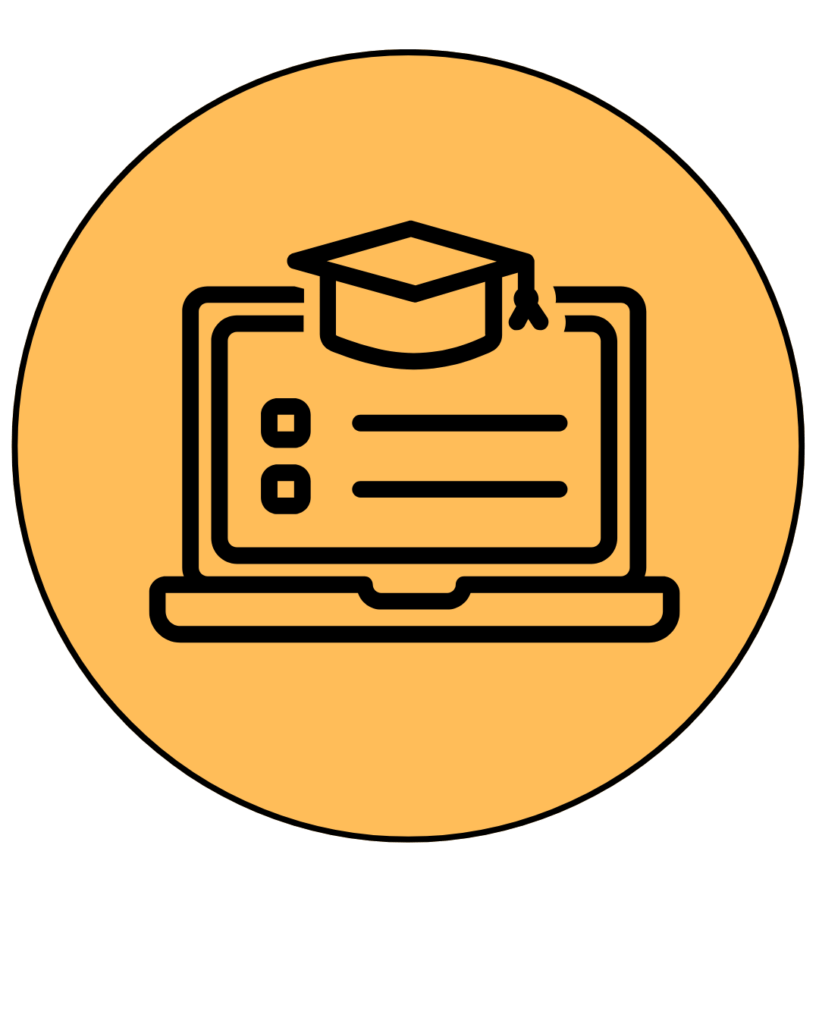
About the Course
What You’ll Learn
By the end of the course, participants will be able to:
1. Understand key concepts in data science, statistics, and visualization.
2. Analyze and interpret public datasets and policy indicators.
3. Apply machine learning and AI-based tools to social problems responsibly.
4. Identify biases, gaps, and ethical challenges in data-driven governance.
5. Communicate findings effectively through data storytelling and visualization.
6. Build a policy data dashboard or applied capstone project relevant to your domain.
Network with like-minded professionals in the analytics and data science domain
What Makes This Course Different?

Critical, Not Just Technical
We go beyond definitions — unpacking power, participation, and systemic failures.

Global and Local Lens
From AI governance to grassroots movements — understand how global trends impact your everyday life.
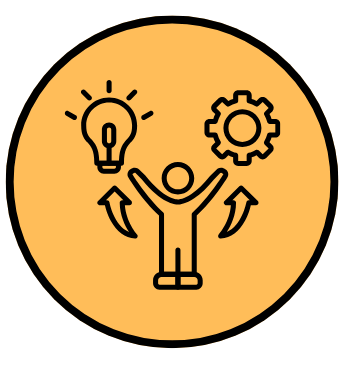
Practical Skills You Can Use
Master tools like data interpretation, ethnography, and policy brief writing to influence real change.

Learn to Communicate With Impact
From crafting persuasive briefs to writing academic research — develop skills that resonate with both policymakers and the public.
In a world flooded with technical policy jargon and one-size-fits-all theories, most public policy courses stay trapped in outdated models, ignoring the real forces of power, exclusion, and lived experiences.
Why Get Public Policy & Data science Certification From IISPPR ?



Who Should Enroll ?


Field Research Fellowship Program Overview
✓ Online Format: The program is fully online.
✓ Program Duration: Classes will be held from 1st of January to 28th of February 2025.
✓ Eligibility: The program is open to both undergraduate/postgraduate students and working professionals.
✓ Class Schedule: Classes will take place at 6 PM, four times a week. If a significant number of working professionals are enrolled, additional classes may be scheduled on Saturdays and Sundays, but the total number of classes each week will remain four.
✓ Homework and Reserve Days: After each class, there will be a designated reserve day to provide ample time for completing homework and assignments. This allows you to thoroughly review class materials and ensure all tasks are completed before the next session.
✓ Certification: A fellowship certificate will be awarded upon successful completion of the program
✓ Total Number of Seats: 20 for Pre Launch
About the Fieldwork
For the fieldwork, you won't need to travel far. You can conduct it right in your own neighborhood. We'll provide you with detailed instructions on how to carry out the fieldwork in your local area.
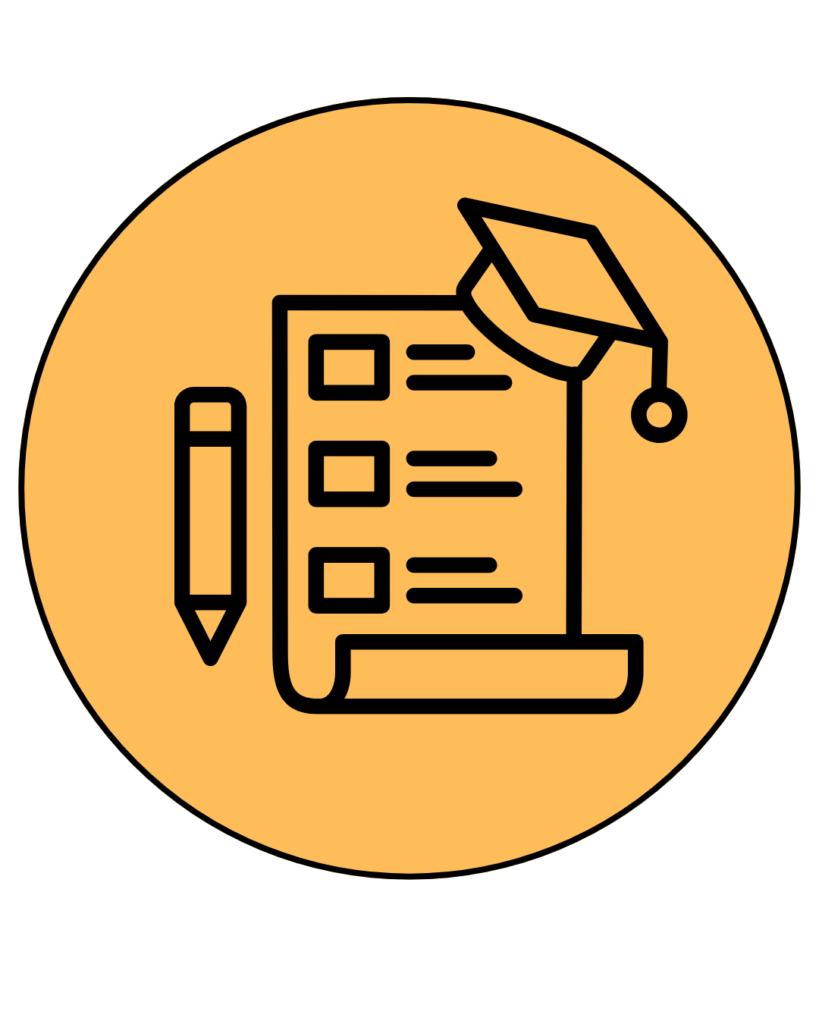
Syllabus
Level 3 - Public Policy Program
Topics: Participatory governance; lobbying; protest; policy literacy; social movements’ influence on policymaking.
Topics: Surveys, administrative records, big data; accessibility issues; bias; data politics.
Topics: Data interpretation; visualization techniques; communicating data for policy impact; avoiding misuse.
Topics: Ethnography’s role in policy research; understanding community realities; informal governance; qualitative insights.
Topics: Integrating ethnographic evidence into policy design; monitoring; evaluation; ethical research practices.
Topics: Policy brief structure; crafting concise, actionable recommendations; communicating with policymakers.
Topics: Research paper components—abstract, introduction, literature review, methods, findings, conclusion; scholarly rigor.
Topics: Strengthening arguments; integrating theory and evidence; meeting academic publishing standards.
Topics: Interrogating policymaking limitations; structural exclusions; reflective learning; empowering engaged, critical citizens.
Level 4 - Data Science for Policy and Governance.
Module 1-6 Will focus on Public Health Data and Module 7-9 will focus on NSSO Data Analysis with PYTHON
1. A Brief Introduction of SPSS
1.1. What is SPSS
1.2. Who uses it
1.3. How is it used
2. SPSS – A Tool of Statistical Study
2.1. Introduction
2.2. Getting Help
2.3. Data Entry
2.4. Questionnaire design
2.5. SPSS Menu Bar
2.6. Importing and Exporting Data
3. Statistics – The Main Function of SPSS
• 3.1. Types of Statistics
• 3.2. Types of Data
• 3.3. Basic Properties of Data
3.4. Level of Measurement and Statistical Methods
3.5. Statistical Research Process
1. Descriptive Statistics in SPSS
1.1. Frequencies
1.2. Descriptive
1.3. Crosstabs
2. Statistical Estimation and Sampling Process
2.1. Types of Hypothesis Testing
2.2. Null and Alternate Hypothesis
2.3. Types of Error
• 2.4 Confidence Interval and Confidence Level
3. T – Tests
3.1. Assumptions of T Tests
• 3.2. Conducting T Tests
3.3. Understanding Output
· 3.4. Interpretation of different parts of Output
• 3.5. Practical example on T – Tests
1. Chi square Test (Non parametric)
• 1.1. Types of Chi Square Test
1.2. Chi square – Goodness of Fit test
1.3. Assumptions of Chi square -Goodness of Fit Test
1.4. Conducting Chi square -Goodness of Fit Test
1.5. Understanding Output
•1.6. Chi square – Test of Independence
∙1.7. Assumptions of Chi square -Test of Independence
1.8. Conducting Chi square – Test of Independence
1.9. Understanding Output
1.10. Practical example on Chi square Test
(Non parametric)
1. Correlation
1.1. Pearson’s correlation
1.2. Spearman’s correlation
1.3. Assumptions of Correlation
1.4. Conducting Correlation
1.5. Understanding Output
2. Linear Regression
· 2.1. Understanding why and where Regression is used
• 2.2. Assumptions of Simple Linear Regression
• 2.3. Conducting Simple Linear Regression
2.4. Understanding Output
2.5. Practical examples on Linear Regression
2.6. Multiple regression analysis
Module 5
1. Nonparametric Procedures
1.1. Mann-Whitney U Test
1.2. Kruskal-Wallis Test
1.3. Wilcoxon Test
1. Principal Component Analysis
1.1. What is Principal Component Analysis
1.2. Conducting Principal Component Analysis
1.3. Understanding Output
1.4. Data analysis with real examples in SPSS
Extracting Data from NSSO & Introduction to PYTHON
Topics Covered
Overview of NSSO datasets (types of data, sources, accessing data).
Extracting data from NSSO (tools and methods for downloading).
Introduction to PYTHON interface, basic commands, and data types.
Importing and managing NSSO data in PYTHON.
Hands On
Downloading and extracting data from NSSO.
Importing NSSO datasets into PYTHON.
Data management in PYTHON: renaming, labeling variables, sorting, filtering.
Descriptive Analysis & Graphical
Representation Using PYTHON
Topics Covered
Descriptive statistics (mean, median, standard deviation, frequency distribution).
Graphical representation in PYTHON(histograms, bar charts, scatter plots, pie charts).
Customizing graphs and exporting them for reports.
Hands On
Using PYHTON commands for descriptive statistics (summarize, tabulate, describe).
Creating and customizing graphs (histogram, twoway, bar, scatter).
Exporting graphs for reports.
Homework
Perform descriptive analysis and graphical representation for a provided dataset using PYTHON
Normality Testing & Parametric vs Non-Parametric Tests in PYTHON
Topics Covered
Introduction to normality testing (Shapiro-Wilk test, Q-Q plots, skewness, kurtosis).
Overview of parametric tests (t-test, ANOVA).
Overview of non-parametric tests (Mann-Whitney U test, Kruskal-Wallis test).
Hands On
Normality testing in PYTHON (swilk, qnorm, skewness, kurtosis).
Conducting parametric tests (t-test, ANOVA using ttest, anova).
Performing non-parametric tests (ranksum, kwallis).
PYTHON
Test a dataset for normality and conduct both parametric and non-parametric tests on
different variables.
Required Readings
⭐ Creswell, J. W. (2013). Qualitative Inquiry and Research Design: Choosing Among Five Approaches. Sage.
⭐
Charmaz, K. (2014). Constructing Grounded Theory. Sage.
⭐
Yin, R. K. (2018). Case Study Research and Applications: Design and Methods. Sage.
⭐
Gee, J. P. (2014). An Introduction to Discourse Analysis: Theory and Method. Routledge.
⭐
Riessman, C. K. (2008). Narrative Methods for the Human Sciences. Sage.
Note - Classes will be conducted online, and recordings will be available for 15 days. After completing the program, students will receive a fellowship certificate. Additionally, those who choose to contribute to a book chapter will be awarded a publication certificate, which will include a DOI.
Fee Structure
Our courses are designed to provide immense value at an incredibly affordable fee. While the actual cost of the course is RS 15000, we are currently offering an prelaunch offer at Rs 2999 or 55 dollars for International Students. We understand that financial situations vary, and if you are facing any financial difficulties, we invite you to pay what you can.
These courses are conducted on a non-profit basis, with the goal of making education accessible to everyone. However, there are significant expenses associated with running these programs that we strive to cover through these fees. Your contribution helps us continue providing quality education and support to all our students.
Testimonial
-
 Anthony Mark Kamara jr. Liberia
Anthony Mark Kamara jr. LiberiaMy experienced during the time of our program with IISPPR-FELLOWSHIP was a wounderfull one..
I have no regret of getting the knowledge I got from the program. And also I have no regret of recommending a friend to be part of the next sections..
It was a great opportunities me to get an indept understanding and analysis on R. Programming and SPSS
AAll thanks goes to the management of IISPPR-FELLOWSHIP and a friend who recommended me to part!
They are very promoted when it comes to time management and presentation as well...
Read more -
 Latifa Mustafa Tanzania
Latifa Mustafa TanzaniaThe IISPPR Data Analytics and Public Policy Fellowship was a great learning experience for me. I learned how to use tools like R, Power BI, stata and SPSS to analyze data and make better decisions in public policy.
The training was practical and helped me understand how data can be used to solve real problems in society.
Special thanks International Institute of SDG and public policy.
Read more -
 ADEBAYO SAMSON AKINADE NIGERIA, RESIDENT IN CANADAI had an insightful experience with this fellowship. I was exposed to advanced learning in data analytics and public policy. The knowledge is unprecedented! I also want to appreciate the management of this awesome fellowship for providing access to the recordings of the lessons. I am still learning through them! Thank you so much. I was able to learn in-depth analytics of R. Programming, SPSS, STATA, and others with expert touches... My sincere gratitude goes to the organizers, sponsors, and management of IISPPR-FELLOWSHIP. Again, thank you in a billion!Read more
ADEBAYO SAMSON AKINADE NIGERIA, RESIDENT IN CANADAI had an insightful experience with this fellowship. I was exposed to advanced learning in data analytics and public policy. The knowledge is unprecedented! I also want to appreciate the management of this awesome fellowship for providing access to the recordings of the lessons. I am still learning through them! Thank you so much. I was able to learn in-depth analytics of R. Programming, SPSS, STATA, and others with expert touches... My sincere gratitude goes to the organizers, sponsors, and management of IISPPR-FELLOWSHIP. Again, thank you in a billion!Read more -
 Derrick Byamungu Uganda
Derrick Byamungu UgandaParticipating in the IISPPR Data Analytics and Public Policy Fellowship has been an incredibly enriching experience for me.
The fellowship provided me with an understanding of data analytics and visualisation tools like Stata, R Programming, and Power BI. Tools, I had never had a chance of working with but thanks to IISPPR, I was able to gain hands-on experience with these essential data tools.
The mentorship and interactive sessions provided by the facilitators created a collaborative learning environment that fostered my innovation and critical thinking. I am now able and better equipped to use data as a powerful tool for advocating equitable, evidence-based policy solutions in my community and beyond.
I’m grateful to facilitators, and most importantly IISPPR for offering me the opportunity to broaden my knowledge and expertise in Data Analytics.
Read more -
 Utsab Bhattarai Nepal
Utsab Bhattarai NepalEnrolling in the IISPPR Data Analytics and Public Policy Fellowship has been a valuable opportunity for me to deepen my understanding of data visualization.
The fellowship has equipped me with practical knowledge of various data analytics tools and techniques, including Stata, R, and Power BI. The sessions are highly interactive and engaging, fostering both learning and collaboration.
I look forward to staying connected with the IISPPR organization and hope to contribute to its initiatives in the future.
Lastly, I sincerely thank the mentors, organizers, and fellow participants for their dedication and support throughout this journey.
Read more -
 Shariff Mohamed Abdi Kenya
Shariff Mohamed Abdi KenyaThe IISPPR Data Analytics and Public Policy Fellowship has been a great opportunity to enhance my understanding of data tools like Stata, R, and Power BI. The sessions were practical and engaging, helping me see how data can improve public service delivery, especially in refugee humanitarian contexts. I'm thankful to the mentors and peers for their support and look forward to applying these skills in real-world settings.
Read more -
 Umaru Jack Kamara Sierra Leone
Umaru Jack Kamara Sierra LeoneMy experience during the IISPPR’s Data Analytics and Public Policy Fellowship was a great one.
During the fellowship, I learnt the basic of using data tools like SPSS, R, Power BI, etc.
With the knowledge imparted in me, I will not only use these new skills for career or personal growth, I will use it to create positive impact in the data analysis industry, and also use it to educate my peers and youths in my community.
I want to use this opportunity to also say “THANK YOU” to members of the IISPPR Team, the facilitators, lecturers and colleagues with whom I took this fellowship together.
Read more -
 Alafiatayo Christopher Kehinde Nigeria
Alafiatayo Christopher Kehinde NigeriaI was privileged to participate in the IISPPR Data Analytics and Public Policy Fellowship, and I must say that it was an enriching experience. The program has provided me with hands-on training in data analytics and its applications in public policy. The faculty and mentors were indeed very supportive and guided us through the program with expertise. I have greatly expanded my skills in data analysis, interpretation, and visualization, which I believe will significantly enhance my career prospects. Some of these new experiences includes but not limited to SPSS, R programming, Power Bi, STATA, among others.
I'm therefore grateful for the opportunity to have been part of this fellowship and would likewise highly recommend it to anyone interested in data analytics and public policy.
Once again, a big shout-out to IISPPR 🥳
Read more -
 Mohamed Omar Qasim Somalia
Mohamed Omar Qasim SomaliaParticipating in the IISPPR Data Analytics and Public Policy Fellowship has been a transformative experience. The program provided me with a comprehensive understanding of data analytics tools and their practical applications in shaping effective public policy. Through hands-on sessions and expert-led discussions, I gained valuable insights into data-driven decision-making and evidence-based policy formulation. The fellowship has not only enhanced my technical skills in data analysis but also broadened my perspective on the role of data in public service. I am grateful for the opportunity and confident that the knowledge gained will significantly contribute to my academic and professional journey.
Read more
Photo Gallery
